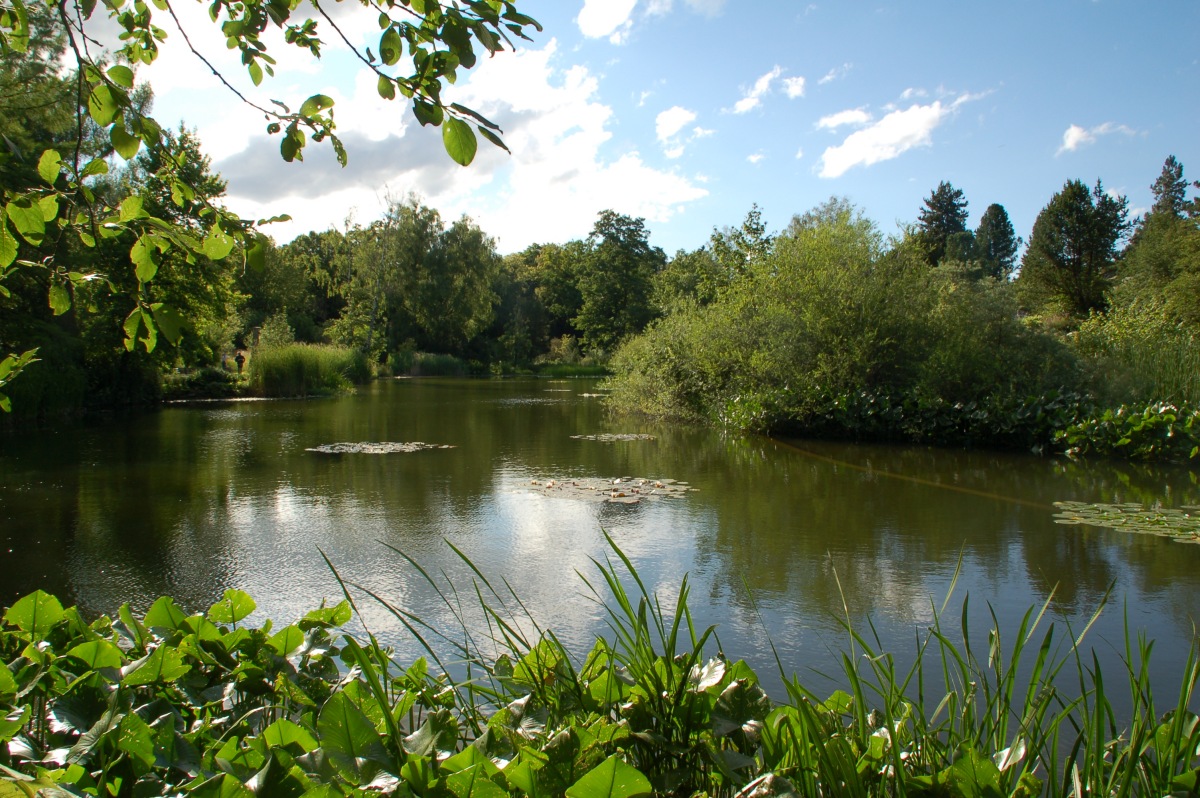|
Secale Strictum
''Secale montanum'', wild perennial rye, is a species in the rye genus ''Secale '' native to the Mediterranean, the Middle East, the Caucasus region, and eastwards through Iran to Pakistan. It is a short-lived, self-fertile perennial. It is thought to be the ultimate parent of domesticated rye Rye (''Secale cereale'') is a grass grown extensively as a grain, a cover crop and a forage crop. It is a member of the wheat tribe (Triticeae) and is closely related to both wheat (''Triticum'') and barley (genus ''Hordeum''). Rye grain is u ... (''Secale cereale''), and crosses with ''S. cereale'' have had some success in creating fodder cultivars. Some authorities consider the synonym ''Secale strictum'' C.Presl. to have priority. References {{Taxonbar, from1=Q11838679, from2=Q12219432 Pooideae Plants described in 1825 ... [...More Info...] [...Related Items...] OR: [Wikipedia] [Google] [Baidu] |
Botanical Garden Munich-Nymphenburg
The Botanischer Garten München-Nymphenburg (21.20 hectares) is a botanical garden and arboretum located at Menzinger Str. 65, Munich, Bavaria, Germany. It is open daily, except on 24 and 31 December; an admission fee is charged. History Munich's first botanical garden, now called the "old botanical garden", was established in 1809 to designs by Friedrich Ludwig von Sckell near Karlsplatz, where its remains are still visible. The old botanical garden was replaced by a new garden created next to the park of Schloss Nymphenburg in 1912/13 and officially opened on 10 May 1914. The garden was designed by Peter Holfelder (1878–1936) who worked closely with Walter Kupper (1874–1953) and Leonhard Dillis (1871–1946). Description Today the garden cultivates about 19,600 species and subspecies on approximately 18 hectares. Its mission is to provide a beautiful and restful environment as well as educate the public about plants and nature more broadly. Major collections inc ... [...More Info...] [...Related Items...] OR: [Wikipedia] [Google] [Baidu] |
Secale
''Secale'' is a genus of the grass tribe Triticeae, which is related to barley (''Hordeum'') and wheat (''Triticum''). The genus includes cultivated species such as rye (''Secale cereale'') as well as weedy and wild rye species. The most well known species of the genus is the cultivated rye, ''S. cereale'', which is grown as a grain and forage crop. Wild and weedy rye species help provide a huge gene pool that can be used for improvement of the cultivated rye.Chikmawati, T., Miftahudin, & Gustafson, J. P. (2013). Rye (''Secale cereale'' L.) and wheat (''Triticum aestivum'' L.) simple sequence repeat variation within ''Secale'' spp. (''Poaceae''). ''HAYATI Journal of Biosciences'', ''20''(4), 163–170. doi:10.4308/hjb.20.4.163 The genus ''Secale'' includes the cultivated rye and four to eleven wild species depending on the species criteria used. Commonly recognized species of the genus are the annuals, ''S. cereale'', ''S. vavilovii'' Grouch, and ''S. sylvestre'' and perennial ''S ... [...More Info...] [...Related Items...] OR: [Wikipedia] [Google] [Baidu] |
Caucasus Region
The Caucasus () or Caucasia (), is a region between the Black Sea and the Caspian Sea, mainly comprising Armenia, Azerbaijan, Georgia (country), Georgia, and parts of Southern Russia. The Caucasus Mountains, including the Greater Caucasus range, have historically been considered as a natural barrier between Eastern Europe and Western Asia. Mount Elbrus in Russia, Europe's highest mountain, is situated in the Western Caucasus. On the southern side, the Lesser Caucasus includes the Javakheti Plateau and the Armenian highlands, part of which is in Turkey. The Caucasus is divided into the North Caucasus and South Caucasus, although the Western Caucasus also exists as a distinct geographic space within the North Caucasus. The Greater Caucasus mountain range in the north is mostly shared by Russia and Georgia as well as the northernmost parts of Azerbaijan. The Lesser Caucasus mountain range in the south is occupied by several independent states, mostly by Armenia, Azerbaijan, and Ge ... [...More Info...] [...Related Items...] OR: [Wikipedia] [Google] [Baidu] |
Pooideae
The Pooideae are the largest subfamily of the grass family Poaceae, with about 4,000 species in 15 tribes and roughly 200 genera. They include some major cereals such as wheat, barley, oat, rye and many lawn and pasture grasses. They are often referred to as cool-season grasses, because they are distributed in temperate climates. All of them use the C3 photosynthetic pathway. The Pooideae are the sister group of the bamboos within the BOP clade, and are themselves subdivided into 15 tribes. Phylogeny Relationships of tribes in the Pooideae according to a 2017 phylogenetic In biology, phylogenetics (; from Greek φυλή/ φῦλον [] "tribe, clan, race", and wikt:γενετικός, γενετικός [] "origin, source, birth") is the study of the evolutionary history and relationships among or within groups o ... classification, also showing the bamboos as sister group: References External links Poaceae subfamilies {{Poaceae-stub ... [...More Info...] [...Related Items...] OR: [Wikipedia] [Google] [Baidu] |
